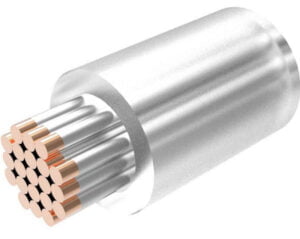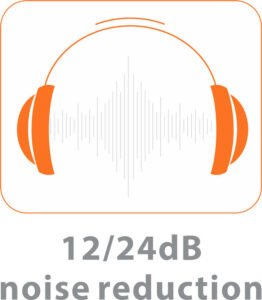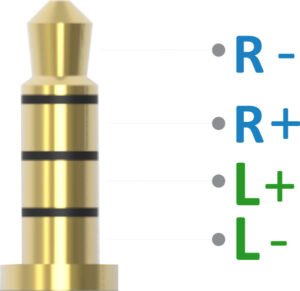The perfect match 2.5
After we made the original iEMatch for smartphones, computers, DAPs and in-flights systems, we realised that we’d missed a section of you guys out!
And that will not do. So, the iEMatch2.5 is just like the original BUT it’s made for use with hi-res digital audio players, DAPs, sporting a 2.5mm balanced output.

Sensitive soul
Connect the iEMatch2.5 between them and your DAP for reduced background noise and hiss.
Some headphones are more sensitive than others so the iEMatch2.5 has both High and Ultra sensitivity settings to boost your sound. Choose which best suits your headphone.
Bringing your Bits back
It also provides a more open and transparent dynamic range and increases the usable volume range.
This means you can increase the digital volume and get back the resolution you lose by listening at less than full volume.
Rediscover the lost high-pitched note of the E-string or the low rumble of the bass drum.

Travelling companion
Take the iEMatch2.5 with you.
Pop the iEMatch2.5 into its handy velvet pouch with the included memory foam earplugs and aeroplane adapter and take it with you, wherever you go.
The perfect travelling companion.
IEMs stands for In-Ear Monitors.
These fit inside your ear. You’ve been using them for years. You just called them something else.
You will also see these referred to as earphones, ear buds and CIEMs. CIEMs are Custom In-Ear Monitors – IEMs made specifically to fit your ear shape.
A DAP is a device like an iPod or an MP3 player that stores and/or plays back music digitally.
DACs convert digital information, stored or streamed by computers, into music we can hear through speakers or headphones.
Every device that’s a source of digital sound has a built-in DAC (TVs, games consoles, CD players, phones, portable music players etc). Dedicated external DACs sound much better than standard DACs used in digital devices such as phones.
Let’s talk headphone cables.
An unbalanced headphone cable has a left + and right + wire, for each respective side. The other, the third – wire is shared by both left & right channels. As this is shared, this gives rise to undesired coupling noise which is commonly referred to as ‘crosstalk.’
A balanced cable has the same left + and right +. But it has a separate left – and right -. With totally separate wiring ‘crosstalk’ is negligible.
Therefore, a balanced connection is the superior headphone wiring configuration.


















